1. Fear or Anxiety Around That Person
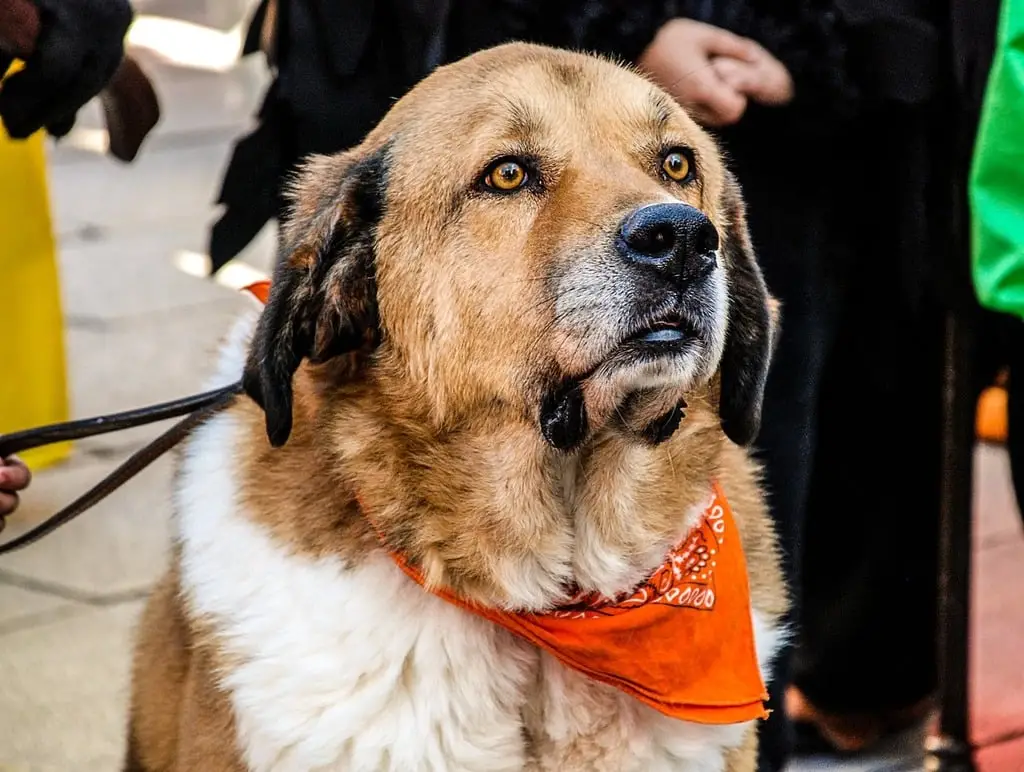
Dogs are highly perceptive creatures and can become fearful of individuals based on past experiences. If your dog has had a negative or frightening encounter with a specific family member, such as being accidentally hurt or scared by their loud voice or sudden movement, they might develop a lasting fear or anxiety. Fearful dogs may resort to biting as a defensive mechanism when they feel cornered or threatened. This is especially true if the dog has not learned to associate that person with positive or calming experiences. For instance, a person who frequently disciplines the dog or handles them in a harsh manner may trigger anxiety, causing the dog to act aggressively. Over time, the dog might generalize the fear and become reactive to that specific family member. It’s essential to approach this situation with patience, gradually introducing the fearful person to positive, non-threatening interactions with the dog. This might include rewarding the dog with treats and affection when the person is present, helping to reframe the dog’s association with them. Desensitizing the dog through controlled exposure can also be beneficial. If the anxiety is severe, professional help from a behaviorist might be necessary to create a structured plan to reduce fear and anxiety.
2. Body Language Miscommunication
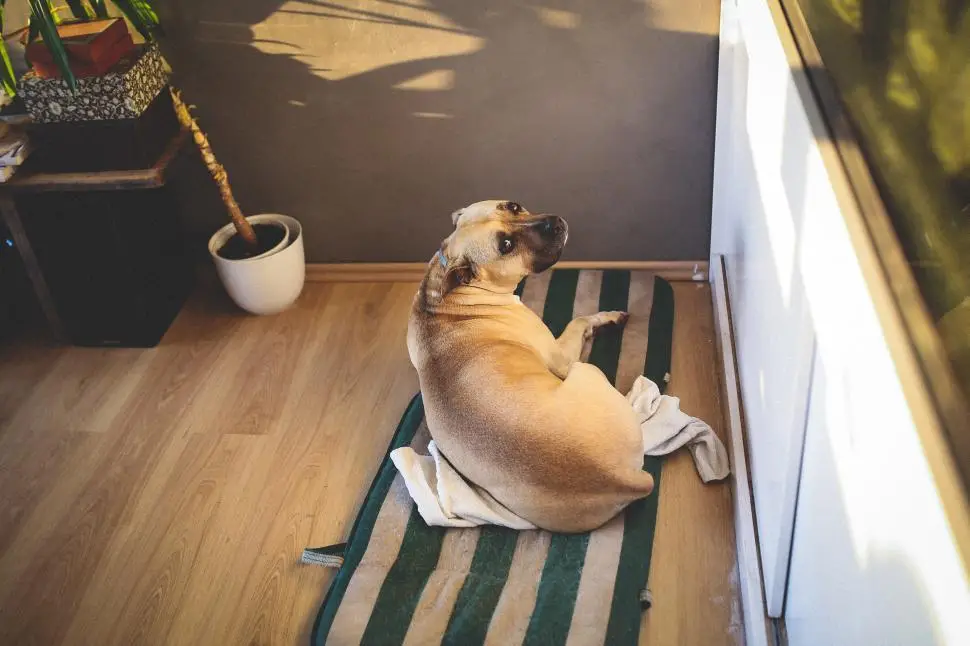
Dogs are incredibly attuned to human body language, often reading cues in ways we may not even realize. If one family member tends to use body language that the dog finds intimidating, it may respond with aggression. For example, a person who stands too tall or approaches the dog too quickly might unknowingly trigger fear or aggression. Similarly, direct eye contact or an abrupt movement can be perceived as a threat. Dogs in these situations may feel the need to bite as a form of self-protection. The dog might be more comfortable with other family members who have calmer, more relaxed body language, such as crouching to the dog’s level, speaking softly, and avoiding direct eye contact. It’s crucial for all family members to maintain positive body language, using slow movements and offering calm, consistent interactions. By being mindful of how the dog interprets different actions, you can help mitigate the chances of a bite occurring. If the issue persists, consulting with a dog trainer can help correct miscommunications and encourage better behavior. Small changes in how you interact with the dog can make a significant difference in reducing anxiety and aggression.
3. Pain or Discomfort
When dogs are in pain or discomfort, they may bite out of frustration or to protect themselves from further injury. If one family member is more likely to handle the dog in a way that exacerbates the pain, such as picking it up or touching a sensitive spot, the dog may react defensively by biting. Conditions like arthritis, dental issues, or internal injuries can make a dog sensitive to touch. Sometimes, a specific individual might unknowingly trigger pain in a way others don’t—perhaps because they handle the dog more roughly or have a tendency to apply more pressure when petting or carrying it. If a dog feels pain while being touched by a certain person, it may develop a negative association with that person, leading to aggressive behavior like biting. It’s important to observe if the dog exhibits signs of pain, such as limping, reluctance to move, or whimpering. If you suspect the dog is in pain, a visit to the vet is essential to rule out any medical issues. Once physical discomfort is addressed, the dog’s behavior toward that person may improve. In the meantime, handle the dog gently, avoiding any areas of discomfort, and encourage others to do the same.
4. The Dog Has a Preferred Person

Dogs are often more attached to one family member than others, and this attachment can sometimes lead to possessiveness or jealousy. If your dog has formed a bond with one person, they might see that individual as their “leader” or “protector.” The dog may become territorial and feel the need to defend this person from others, particularly if there is any perceived threat, such as another family member coming too close or vying for attention. This is especially true if the favored person is the primary caregiver, feeding the dog and providing the most attention. In this case, the dog might react aggressively toward anyone who approaches or interacts with the preferred person. The protective instinct could be especially strong if the dog believes another family member is encroaching on their bond or trying to take their place in the household hierarchy. This behavior can be addressed by ensuring that all family members have positive interactions with the dog and reinforcing calm, non-aggressive behavior. Gradually desensitizing the dog to the presence of other family members around their favorite person can also help ease the possessiveness. Training and consistency are key to preventing this behavior from escalating.
5. Resource Guarding
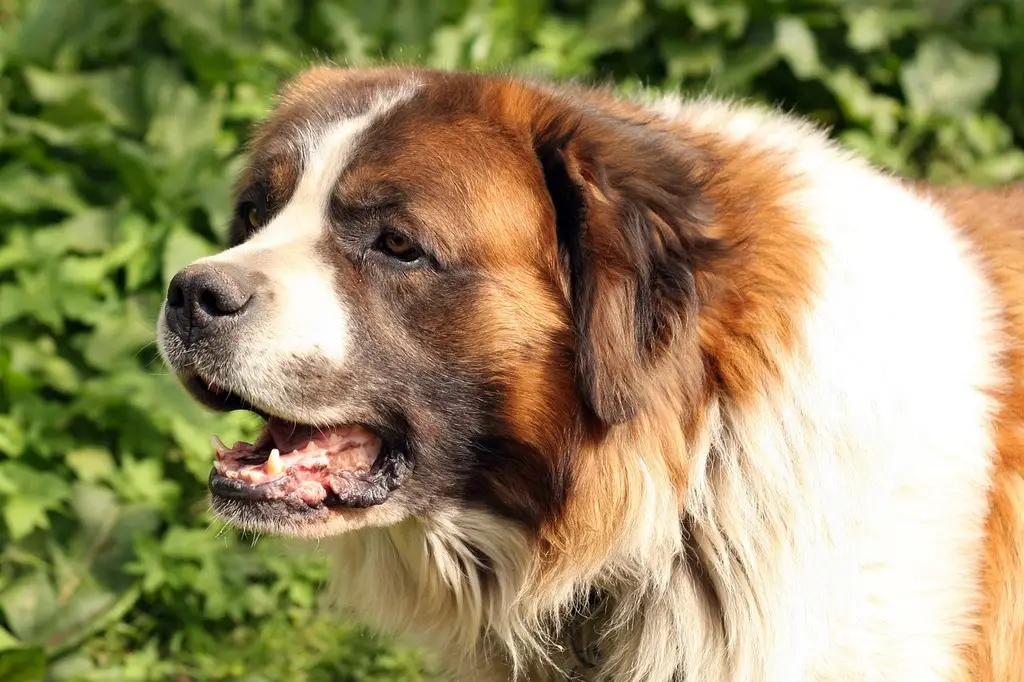
Resource guarding is a common behavior in dogs where they defend valuable items, such as food, toys, or even people. If your dog bites one person in the family, it could be because that person is seen as a competitor for a resource the dog holds dear. For instance, if one family member feeds the dog, the dog might see them as the “provider” and react aggressively if someone else attempts to take food, toys, or attention away. This behavior can extend to situations where the dog is protective of a particular spot or object. Dogs that are possessive of their food, toys, or even the affection of their favored person may bite if they feel those resources are threatened. Resource guarding can be more common in dogs that were not properly socialized or raised in environments where they had to compete for resources. To address resource guarding, it’s essential to teach the dog that it’s safe to share, using positive reinforcement techniques. Gradually exposing the dog to situations where resources are present and rewarding calm behavior can help reduce the tendency to guard. In severe cases, professional training may be necessary to prevent escalation.
6. Lack of Socialization

A lack of early socialization can lead to dogs having difficulty interacting with certain people, especially those they haven’t encountered often. If your dog hasn’t been exposed to a variety of people and environments as a puppy, they may have developed a distrust of unfamiliar individuals. This can be particularly true if the person they bite displays characteristics or behaviors that the dog finds unfamiliar or intimidating, such as a loud voice, a deep voice, or even unfamiliar clothing or scents. In such cases, the dog may bite as a defense mechanism because they are unsure how to react to the situation. Dogs that haven’t been properly socialized often need extra time and patience to adjust to new experiences and people. It’s important to work on socializing your dog, even if it’s an adult, by gradually exposing them to different people and situations in a controlled and positive way. For example, allowing the dog to meet new people slowly, using treats and praise for calm behavior, can help them build positive associations with new experiences. The goal is to reduce the dog’s anxiety and make them more comfortable in social situations, ultimately leading to less fear-driven biting behavior.
7. Previous Traumatic Experience
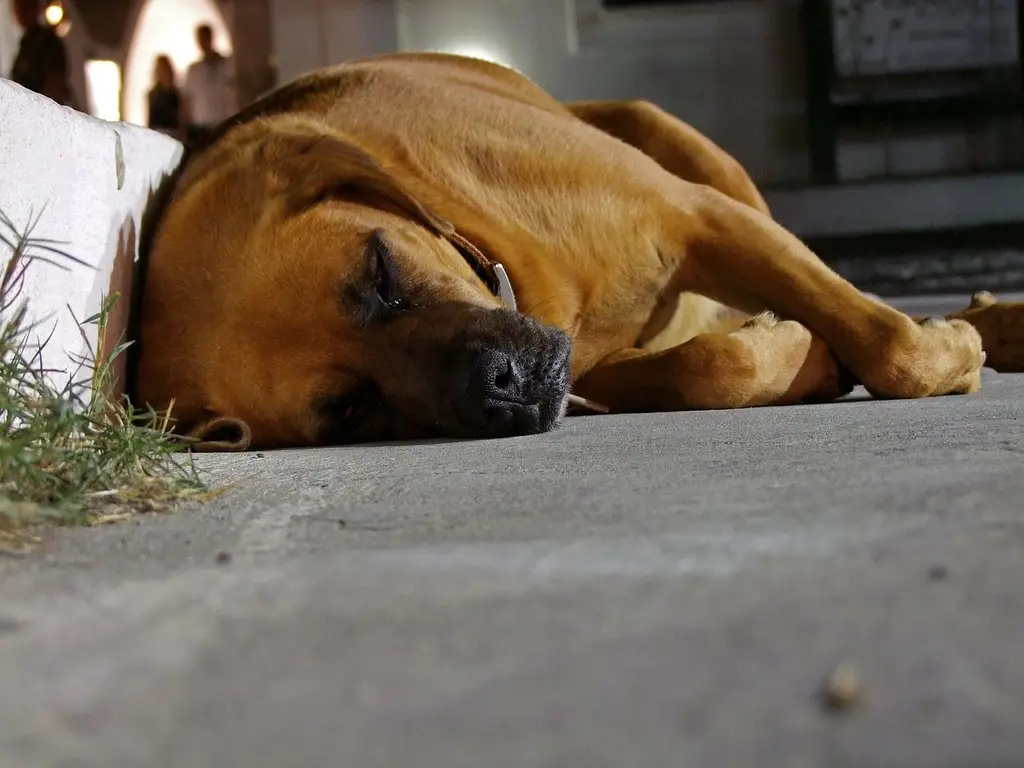
If a dog has had a traumatic experience with a particular family member—whether it’s physical abuse, harsh training, or a sudden and frightening encounter—they may associate that person with the trauma and respond aggressively. Dogs that have been mistreated or have had a scary experience, such as being accidentally stepped on or scolded harshly, might develop a long-lasting fear of the person involved. Even if the traumatic event happened some time ago, the dog may retain a negative association with that person and react out of fear when they are near. This can manifest in biting as a defense mechanism to avoid the perceived threat. To address this, it’s important to provide the dog with positive experiences involving that family member. Slowly reintroducing the person in a calm, non-threatening manner can help the dog rebuild trust over time. Patience is crucial, as dogs that have experienced trauma may take time to heal. A professional trainer or behaviorist can also be helpful in guiding the dog through the process of overcoming past fears.
8. Inconsistent Training and Discipline
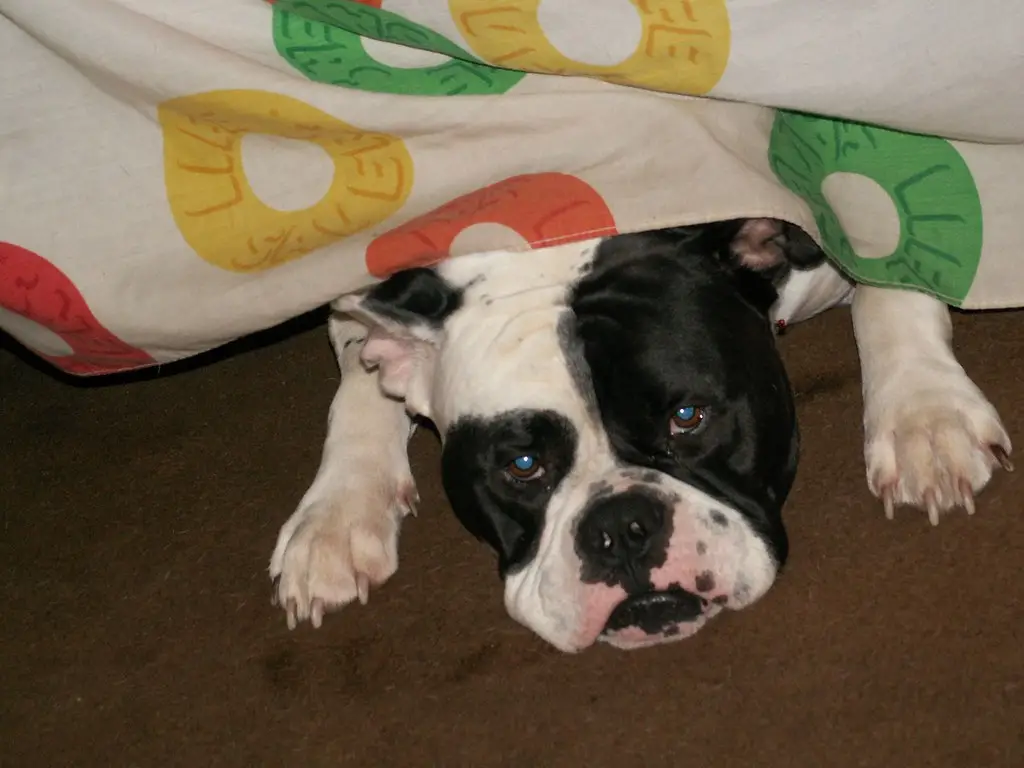
Inconsistent training and discipline can lead to confusion in dogs, and this confusion may contribute to biting behavior. If one family member enforces rules or gives commands that the dog doesn’t understand or follow, while others are more lenient, it can create a disorienting environment for the dog. Dogs thrive on routine and clear expectations, and when these are inconsistent, they may become anxious or frustrated. If the dog receives mixed signals, it may become more reactive toward the family member who is perceived as inconsistent. For example, if one person allows the dog to jump on furniture while another prohibits it, the dog may act out in confusion. It’s important for everyone in the family to be on the same page when it comes to training and discipline. Clear, consistent rules and positive reinforcement will help the dog understand what is expected of them. This consistency can reduce anxiety and confusion, making it less likely for the dog to bite out of frustration or uncertainty.
9. Protective of Space or Territory
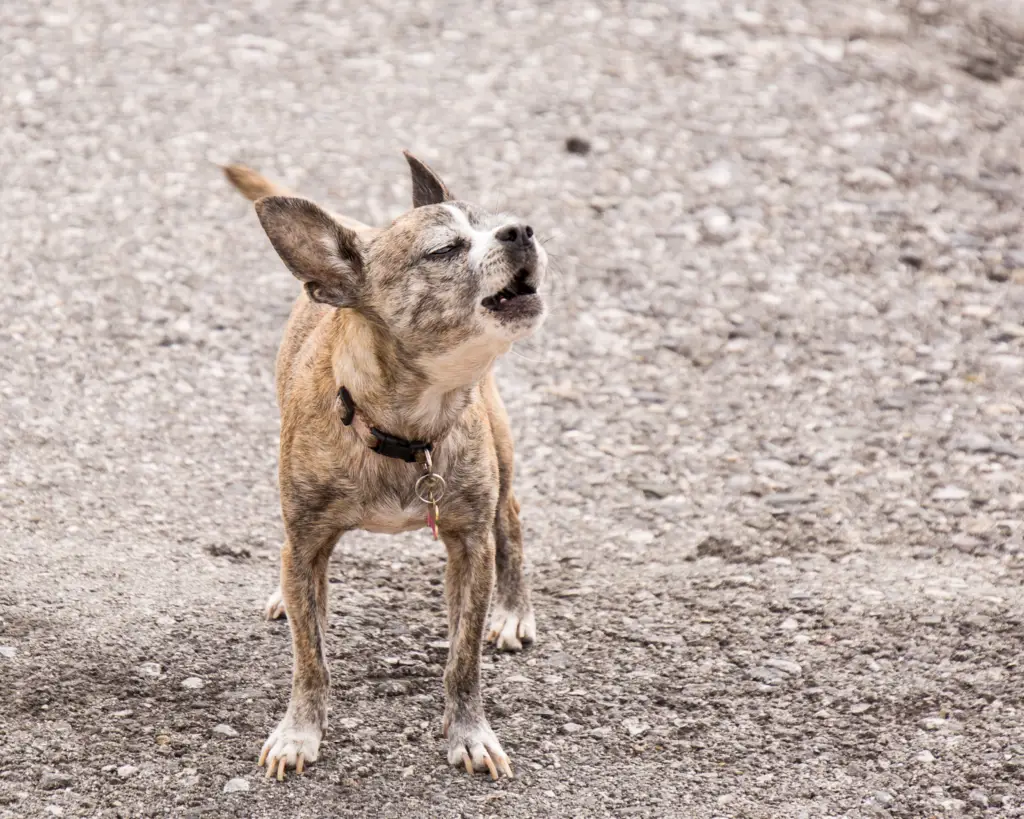
Dogs are territorial creatures, and they may become protective of spaces they perceive as their own. If the dog sees a particular family member as part of its territory, it may become defensive when other family members approach that person, especially in certain areas like the dog’s bed or the person’s personal space. This territorial behavior can lead to aggression, including biting, if the dog feels its space or territory is being invaded. For example, a dog may become possessive of its favorite resting spot and react aggressively if anyone, particularly a specific family member, enters that space. To address territorial aggression, it’s important to establish clear boundaries for the dog and ensure that the dog feels secure in its environment. Gradually allowing the dog to feel more comfortable sharing spaces and interacting with family members can help reduce territorial tendencies. Positive reinforcement for calm behavior when boundaries are respected will also be key in reducing the likelihood of biting.
10. Overstimulation or Overexcitement
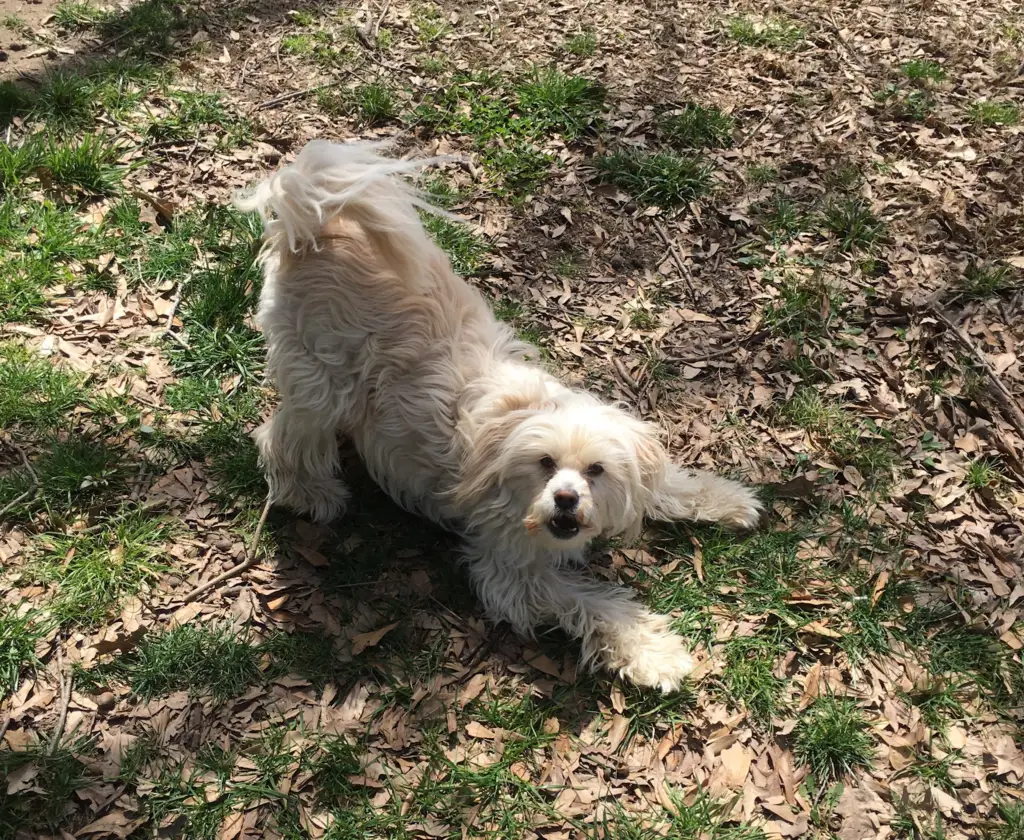
Dogs that become overstimulated or overly excited during playtime may sometimes bite out of exuberance. This behavior is often directed toward the family member who is engaging with the dog in an exciting way, such as playing fetch or wrestling. In these instances, the dog might nip or bite in the heat of the moment, not as an act of aggression but due to an overload of energy and excitement. Some dogs are more prone to this behavior than others, especially if they haven’t been trained to manage their excitement. It’s important to recognize when the dog is becoming overstimulated and take a step back to calm things down before it leads to biting. Teaching the dog self-control through consistent training and positive reinforcement for calm behavior can help reduce overstimulation-related biting. Training techniques such as “leave it” or “settle” can be valuable in these situations. If the dog is prone to nipping during play, it’s important to redirect their energy into other activities and ensure that playtime is fun but controlled.
11. Change in Routine or Environment
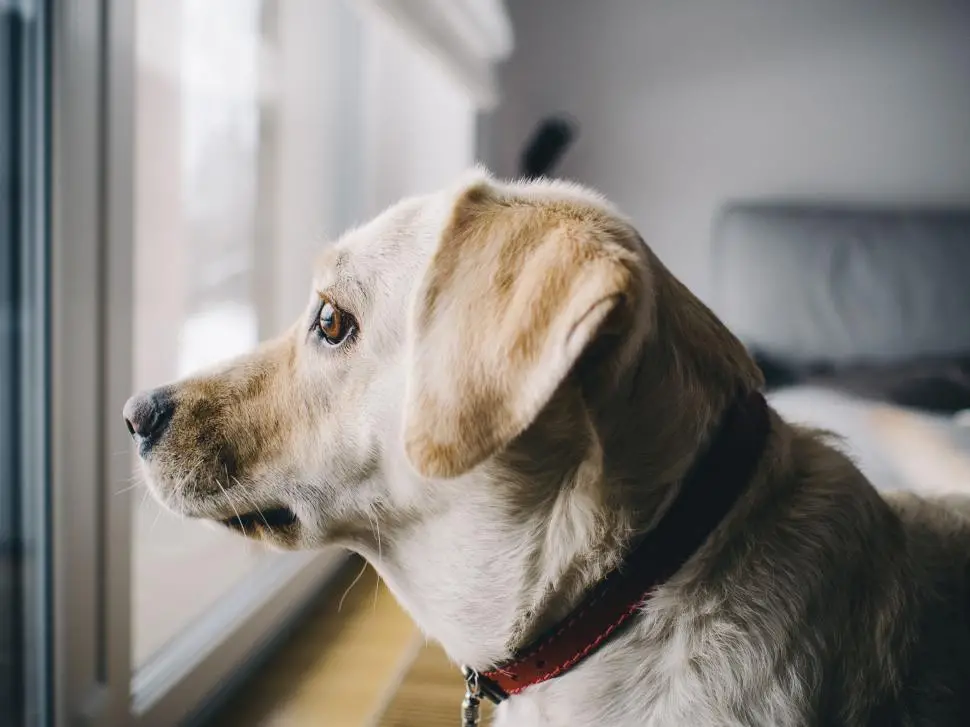
Dogs are creatures of habit, and any significant change in their routine or environment can cause anxiety or confusion. If a specific family member is involved in a change—such as moving away, coming home late, or altering their interactions with the dog—the dog may react by biting. Changes can disrupt the dog’s sense of security, leading to stress, which may be manifested through aggressive behaviors. This is particularly common if the dog feels a loss of stability or routine due to the change. Dogs are sensitive to the emotional states of their owners, so if a family member is going through a stressful time, the dog may react by becoming anxious or protective. Addressing this requires patience and consistency. Re-establishing a familiar routine for the dog and helping them adjust to changes gradually can help reduce anxiety. Providing additional reassurance through calm interactions and consistent behavior will help the dog regain its sense of security and reduce the likelihood of biting.


